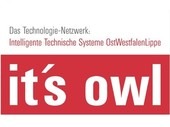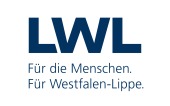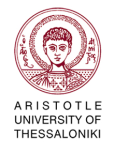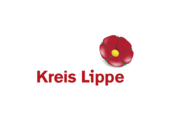Simulation of flow and heat transfer for impinging jets
The results of numerical simulations of a single impinging jet, using different numerical parameters, are presented. In order to simulate the heat and mass transfer in industrial drying with arrays of different jets the heat transfer for a single round jet impinging on a wall (Reynoldsnumber 23000, dimensionless outlet-to-wall distance 2) is used as a test case [1] to validate the numerical model. The distribution of the Nusselt-number, especially the location and magnitude of the primary and secondary peak, serves as a benchmark. The aim is to minimize the computational cost with regard to CPU-time and memory requirements. The two-dimensional stationary Navier-Stokes equations are solved using a finite volume CFD code. Different approaches for the turbulence modeling are considered and computational results are compared with data from the literature [2], [3], [4]. The influence of the mesh size and the mesh shape are analyzed and the mesh independent solution is determined. Good results can be achieved with a coarse mesh, as long as the boundary region is appropriately resolved. The jet flow and thus also the heat transfer on the target plate is strongly influenced by the turbulence. The numerical results differ with the turbulence model used, especially with regard to the secondary peak in the Nusselt-number distribution. Nevertheless a reasonable quantitative distribution of the Nusselt-number can be computed with the k-omega SST turbulence model, as the best compromise between the computational cost and accuracy. Different formulations and implementations of the k-omega SST model yield different results, which are compared.
References [1] ERCOFTAC QNet-CFD Database Test Case UFR 3-10. [2] N. Uddin / S. O. Neumann/ B. Weigand , LES imulation of an impinging jet: On the origin of the second peak in the Nusselt number distribution, International Journal of Heat and Mass Transfer 57,1,2013. [3] R. Wilke/ J. Sesterhenn, Direct numerical simulation of heat transfer of a round subsonic impinging jet, Active Flow and Combustion Control 2014, Springer, 2014 [4] S. Spring, Numerical Prediction of Jet Impingment Heat Transfer, Dissertation, ITLR, Stuttgart, 2010































































